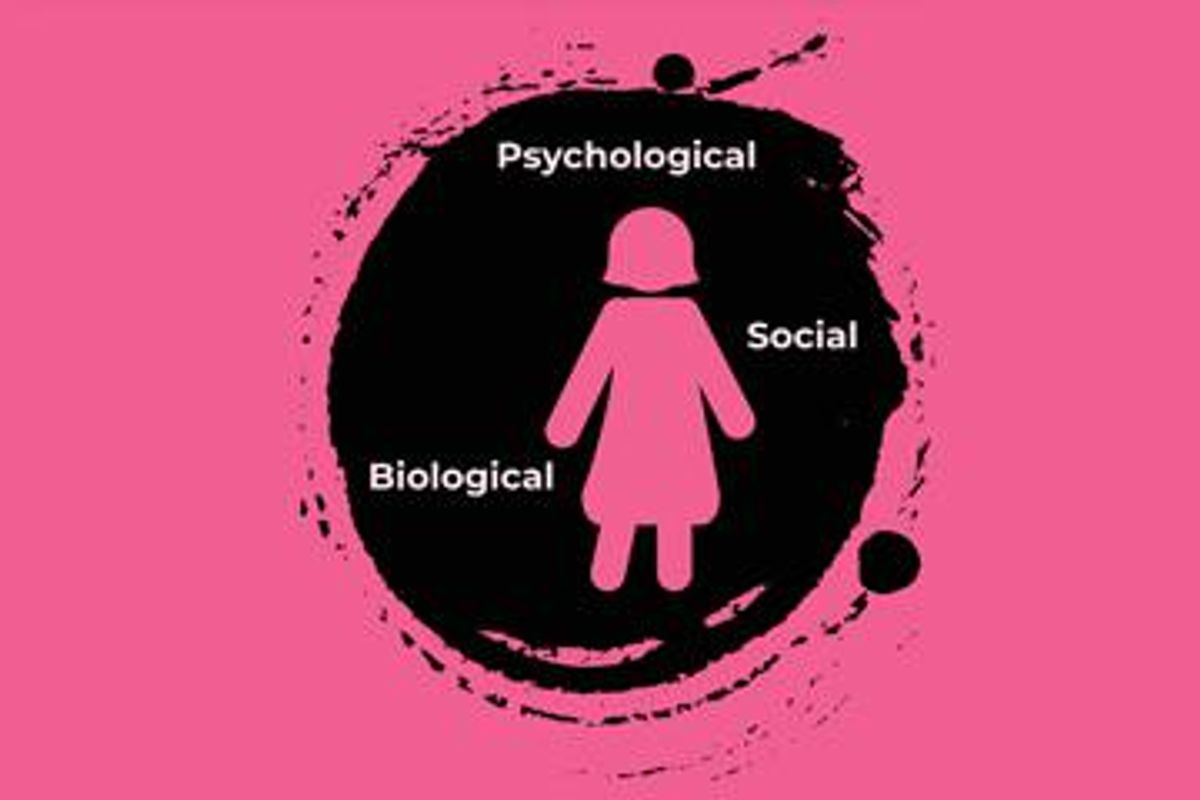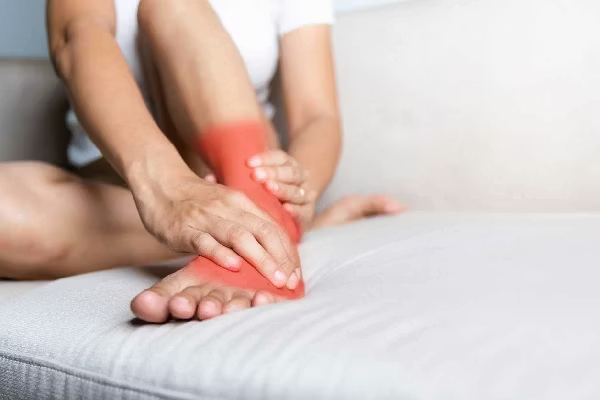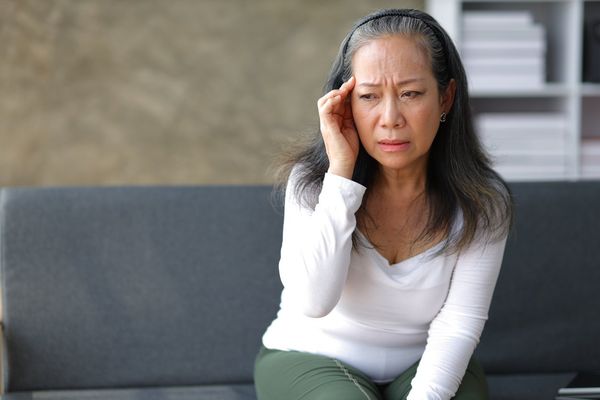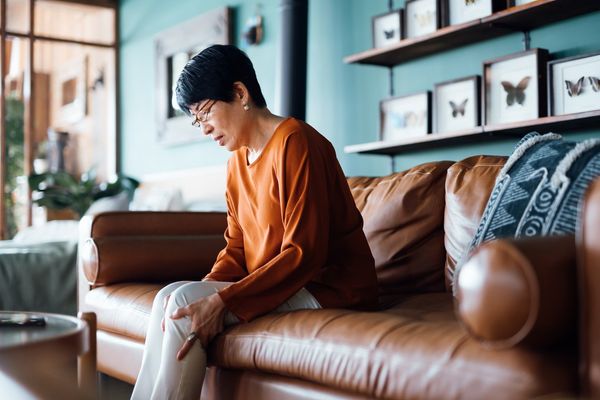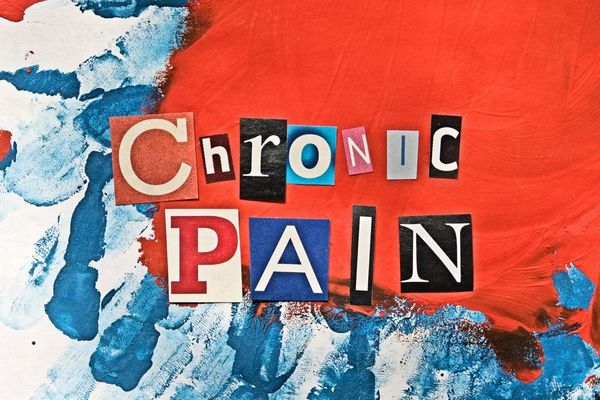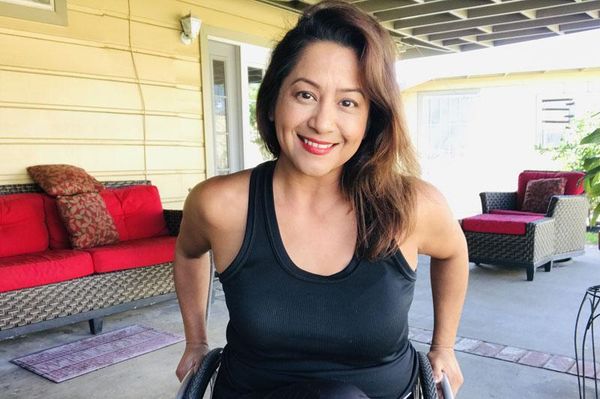References:
HealthyWomen Chronic Pain Graphic
IASP Classification of Chronic Pain
CDC Pain Awareness Month - Weekly Report
Prevalence of Chronic Pain and High-Impact Chronic Pain Among Adults
Chronic Pain and High-impact Chronic Pain Among U.S. Adults, 2019
Living with Chronic Overlapping Pain Conditions
There's a Better Way to Treat Chronic Pain
Chronic pain is defined as pain that lasts for more than 3 months. High-impact chronic pain is pain that occurs 5 or more days a week for 6 months or more and interferes with your daily living.
Chronic pain affects 50 million Americans a year
Did you know? 1 out of every 3 women lives with chronic pain
High-impact chronic pain affects 20 million Americans a year — and 11.3 million are women
Chronic pain is a disease. And it doesn’t just hurt your body.
It can keep you from living your fullest life
It can interfere with your sleep
It can cause you to have feelings of anxiety, depression and hopelessness
Chronic Pain Is Expensive
Chronic pain costs our nation between $560 billion and $635 billion a year in medical costs, lost productivity and disability programs.
Who does chronic pain affect?
Anyone can get chronic pain — but some groups are more likely than others to live with this disease.
- Non-Hispanic white adults
- Women
- Adults 65 and older
- Previously employed but not currently employed adults
- People living in poverty or who use public insurance
- People who live in rural locations
Many people — especially women — with chronic pain have several overlapping pain conditions, such as:
- Fibromyalgia
- Rheumatoid Arthritis
- Osteoarthritis
- Migraine
- Temporomandibular disorders (TMJ/TMD)
- Irritable Bowel Syndrome/Inflammatory Bowel Disease
- Interstitial Cystitis
Treating chronic pain is complex.
Chronic pain is a complicated disease, and what works may vary from person to person. In general, the most effective treatment uses a combination of approaches.
Nonpharmacological Strategies: neurostimulation, injections
Medication: opioids and nonopioids, medicines that are designed for other purposes but also work for pain
Psychological Support: psychotherapy, support groups
Lifestyle Changes: exercise, weight loss, healthy eating
Natrual/Holistic Medicine: massage, meditation/mindfulness, acupuncture
Physical Medicine and Rehabilitation (Physiatry): braces, orthotics, electrotherapy
The Biopsychosocial Model
Biological
Psychological
Social
Biological, psychological and social factors play a role in chronic pain. For example, a woman with no history of mental illness (psychological) and a strong support network (social) might find her chronic migraine (biological) more bearable than a woman with the same condition (biological) who lives with depression (psychological) and feels isolated (social)..
Looking at the whole picture and treating a patient from the biopsychosocial lens can lead to better outcomes in patients.
Survey Says:
HealthyWomen surveyed 1,000 women who live with chronic pain.
38% say they do not have access to enough information about pain
65% feel they would benefit from adequately trained healthcare providers
58% would like more support from their healthcare provider
This resource was created with support from Pfizer.
- Women and Chronic Pain: No, It's Not 'All in Your Head ... ›
- Why Women Need a Personalized Approach to Chronic Pain ... ›
- A Call to Action for Women in Chronic Pain - HealthyWomen ›
- Fast Facts: 10 Things to Know About Women and Chronic Pain ... ›
- Chronic Pain for Women Is Real - HealthyWomen ›
- The Pain Gap: Why Women's Pain Is Undertreated - HealthyWomen ›
- Chronic Pain Is a Disease — and It Should Be Treated Like One - HealthyWomen ›
- HealthyWomen's Chronic Pain Summit - HealthyWomen ›
- How I Discovered the Power to Control My Migraines - HealthyWomen ›
- Tools for Overcoming Barriers to Care for Chronic Pain - HealthyWomen ›
- How Chronic Pain Changes the Brain - HealthyWomen ›

